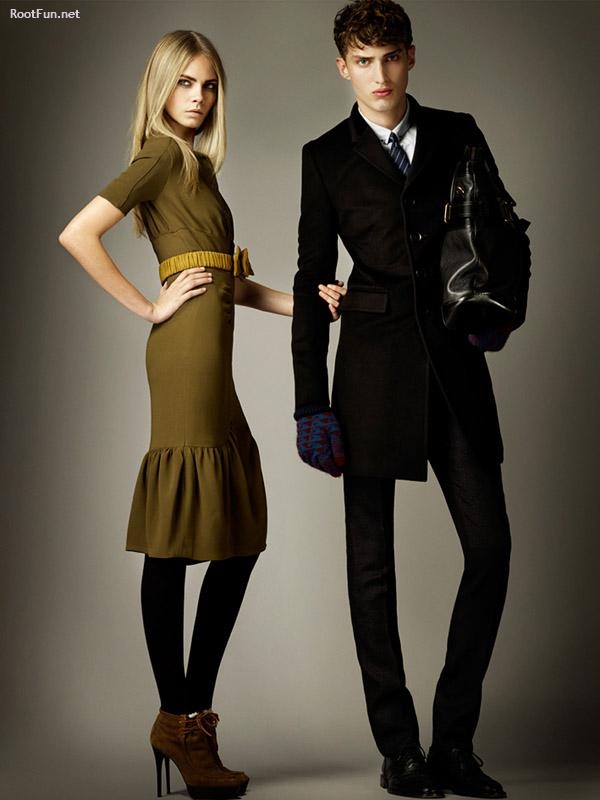Lecture Summary(Sept.26, 2018): During today’s lecture, we talked about the significance of God and Gutenberg on the way people communicated in ca. 0-1400. There were countless inventions in that period of time, including typography and codex. I find those two inventions the most crucial as they made a huge difference in the way people communicated – they now had the ability to print books which made the process much faster compared to before when people would write books by hand. Book of Hours was a popular book in the medieval times as almost all people were religious back then. In my opinion, this was a significant event because it introduced the concept of a book to regular working people, most of whom were illiterate.
By the end of the 1400’s both men’s and women’s fashion had evolved a great deal. Even some of today’s fashion trends had first started in that period and gradually transformed into what we wear nowadays. For example, in 1300’s female hem-lines progressively reduced in the course of the century. And by the end of the century it was fashionable for men to omit the long loose over-garment of previous centuries (whether called tunic, kirtle, or other names) altogether, putting the emphasis on a tailored top that fell a little below the waist—a silhouette that is still reflected in men’s costume today.


However, since there was still centuries until photography would be invented, there aren’t a lot of artifacts that show us what regular people wore. So, most paintings only show people that would dress up specifically for the artist to paint them. For instance, a famous painting by Jan van Eyck, called “The Arnolfini Portrait” from 1434, shows a couple getting married. The man wears a fur-lined tappert over a black cotehardie and a wide-brimmed hat. The woman wears a wimple over her hair as well as a green, fur-lined, high-waisted gown with slashed sleeves over a blue cotehardie.

Many textiles, fabrics, and materials were invented in that period which also affected people’s fashion choices. Wool was the most important material for clothing, due to its numerous favorable qualities, such as the ability to take dye and it being a good insulator. Embroidery in wool, and silk or gold thread for the rich was used for decoration. Checkered and plaid fabrics were occasionally seen. Fur was mostly worn as an inner lining for warmth; a fur-lined coat (rabbit, or the more expensive cat) was one of the most common garments. Vair, the fur of the squirrel, white on the belly and grey on the back, was particularly popular through most of the 15th century and can be seen in many illuminated manuscript illustrations.
 Sources:
Sources:
https://en.wikipedia.org/wiki/1300%E2%80%931400_in_European_fashion
rootfun.net
http://www.fashionencyclopedia.com/fashion_costume_culture/European-Culture-15th-Century/Fifteenth-Century-Clothing.html
Laver, James. Costume and Fashion: A Concise History. 4th ed. London, England: Thames and Hudson, 2002